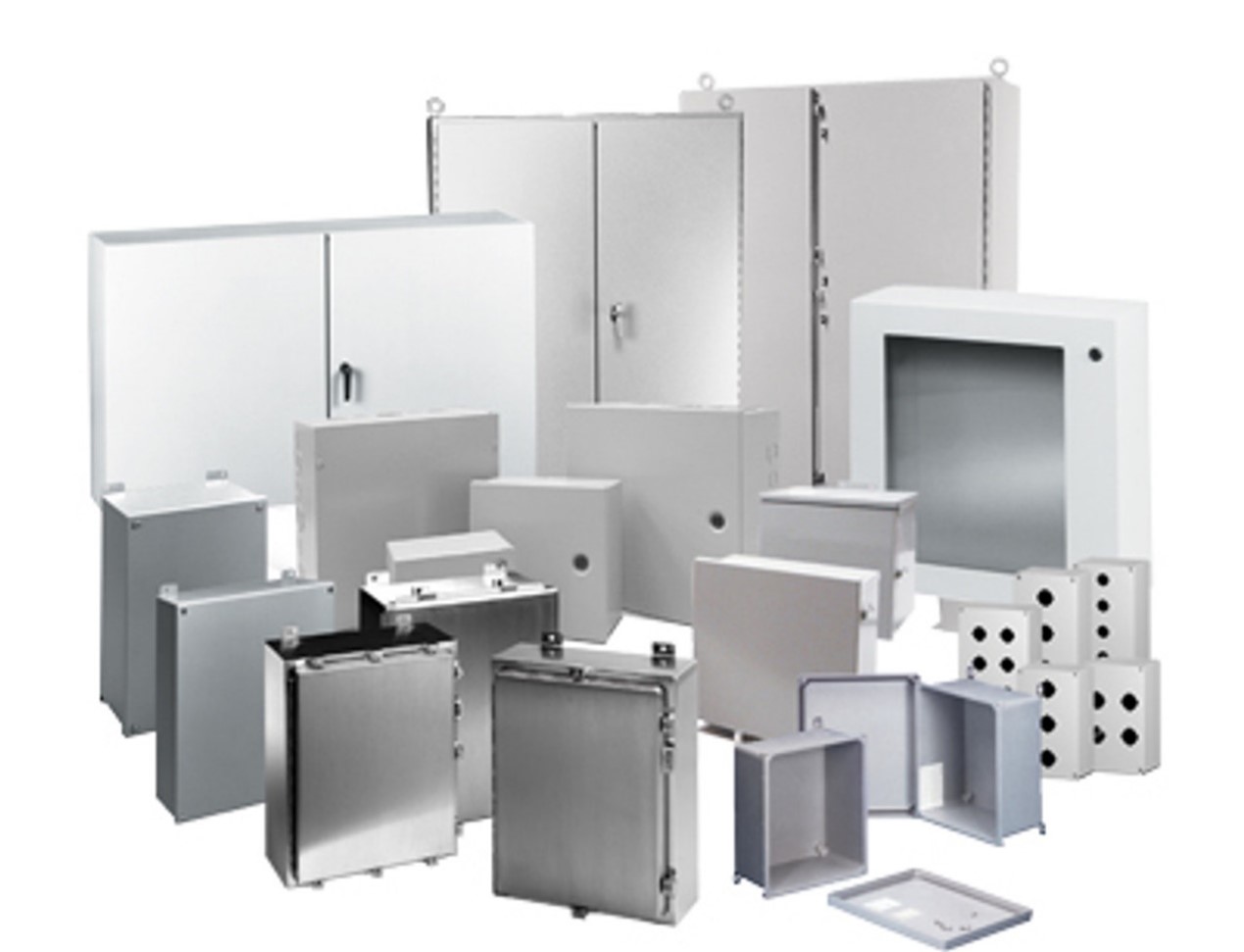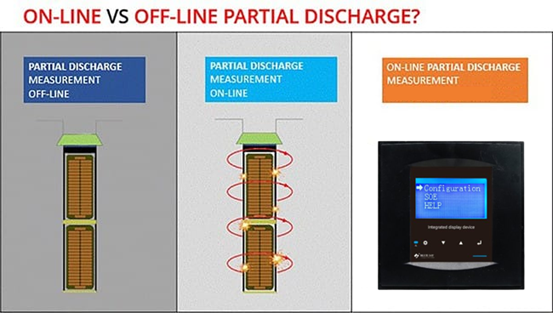The energy meter installation is crucial for ensuring accurate and reliable energy measurement in power systems. The wiring of energy meter includes 1 phase 2 wring, 3 phase 3 wiring, and 3 phase 4 wring so it makes energy meter suitable for different power system configurations. This article introduces the energy meter installation from single-phase two-wire (1p2W), three-phase three-wire (3P3W), and three-phase four-wire (3P4W) energy meters.
Single-Phase Two-Wire Energy Meter Installation
Single-phase two-wire energy meters are widely used in households and small commercial establishments to measure the energy consumption of single-phase power systems. In a 1p2W system, the energy meter is connected to the power supply through two wires: one live wire and one neutral wire. The voltage between the live wire and the neutral wire is typically 220V, which is the standard operating voltage for most household and small commercial appliances.

When installing a single-phase two-wire energy meter, it is essential to ensure the correct connection of the live and neutral wires to the meter to ensure its proper operation. Generally, the live wire should be connected to the live wire terminal of the meter, while the neutral wire should be connected to the neutral wire terminal. After installation, testing should be conducted to ensure the meter accurately records energy consumption.
When installing a single-phase two-wire energy meter, it is essential to ensure the correct connection of the live and neutral wires to the meter to ensure its proper operation. Generally, the live wire should be connected to the live wire terminal of the meter, while the neutral wire should be connected to the neutral wire terminal. After installation, testing should be conducted to ensure the meter accurately records energy consumption.
Three-Phase Three-Wire Energy Meter installation
Three-phase three-wire energy meters are commonly used in industrial settings and some large commercial facilities. This system includes three live wires (U, V, W) but does not have a neutral wire. The voltage between any two live wires is called the line voltage, which is typically 380V in a standard three-phase system.

In a 3P3W system, the load on each phase is usually balanced to ensure system stability. If the loads across the phases are unbalanced, it may lead to inaccurate energy measurement by the meter. Therefore, special attention must be paid to evenly distributing the load during installation and configuration.
When installing a three-phase three-wire energy meter, each live wire should be connected to the corresponding terminal on the meter (U, V, W). After installation, calibration and testing are typically required to ensure the meter accurately reflects the system’s energy consumption.
Three-Phase Four-Wire Energy Meter installation
Three-phase four-wire energy meters are among the most common types of energy meters, widely used in various power systems, especially in industrial and commercial facilities. A 3P4W system includes three live wires (U, V, W) and one neutral wire. The voltage between the live wires is the line voltage, usually 380V, while the voltage between any live wire and the neutral wire is the phase voltage, typically 220V.

The presence of a neutral wire in the three-phase four-wire system allows for the measurement and metering of unbalanced loads. In such a system, if the loads across the phases are unbalanced, it may cause a neutral point voltage shift, which can affect the voltage levels between the live wires and the neutral wire. This situation can lead to some electrical equipment malfunctioning due to voltage instability. Therefore, when installing a 3P4W energy meter, it is important to ensure that the loads across the phases are balanced as much as possible to minimize the risk of neutral point voltage shift.
During the installation of a three-phase four-wire energy meter, the three live wires should be connected to the corresponding terminals on the meter (U, V, W), and the neutral wire should be connected to the neutral terminal of the meter. After installation, load testing and calibration are typically conducted to ensure that the meter can accurately measure energy consumption even under unbalanced load conditions.
Conclusion
Single-phase two-wire, three-phase three-wire, and three-phase four-wire energy meters each have specific applications and installation requirements. Proper installation and configuration are crucial for ensuring the accuracy of energy measurement. Whether for residential or industrial users, it is essential to choose the appropriate energy meter based on the type and needs of the power system, and to follow the correct installation procedures to ensure system stability and accurate energy metering.






